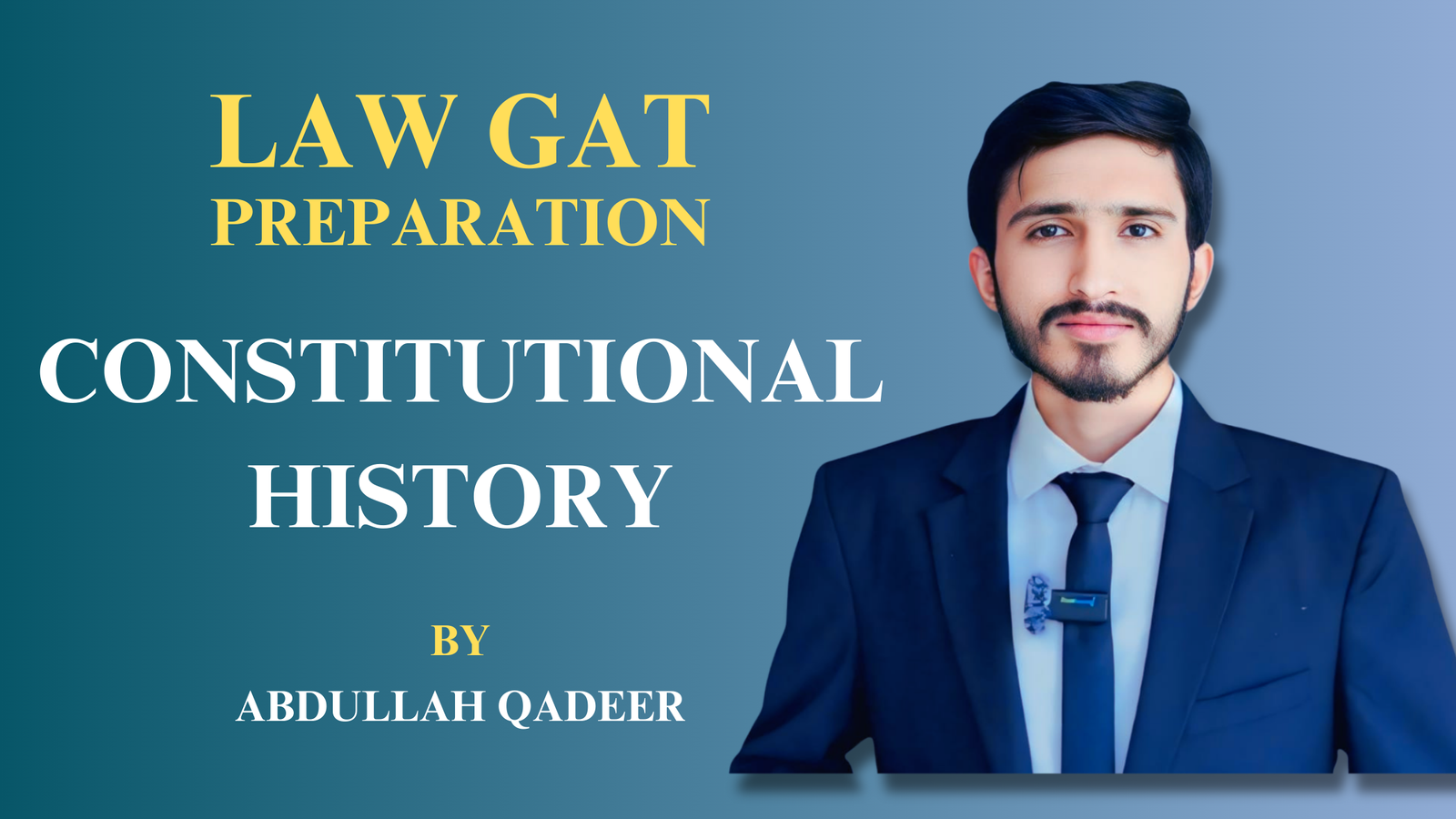Introduction
Pakistan’s constitutional history is a fascinating journey that reflects the country’s struggle for democracy, stability, and legal identity. Since its inception in 1947, Pakistan has experienced several constitutional changes, each shaping the nation’s governance and legal framework.
The Government of India Act, 1935
The journey begins with the Government of India Act 1935, which served as the interim constitution of Pakistan at the time of independence. Despite being a colonial legacy, this act laid the groundwork for Pakistan’s initial legal and administrative structure.
The Objectives Resolution, 1949
In 1949, the Constituent Assembly of Pakistan passed the Objectives Resolution, which outlined the principles and aspirations for the future constitution. It emphasized Allah’s sovereignty, democracy, freedom, and equality. This resolution later became a key part of Pakistan’s constitutions.
The Constitution of Pakistan, 1956
Pakistan’s first constitution was adopted on March 23, 1956. It declared Pakistan an Islamic Republic and introduced a parliamentary system of government. However, political instability and challenges in governance led to its abrogation in 1958 by President Iskander Mirza, who imposed martial law.
The Constitution of Pakistan, 1962
President Ayub Khan introduced the 1962 constitution, which established a presidential system of government. It sought to centralize power and introduced a system of Basic Democracies. This constitution also faced criticism and was eventually suspended in 1969.
The Constitution of Pakistan, 1973
The current constitution of Pakistan was promulgated on August 14, 1973. It restored the parliamentary system and introduced significant features such as a federal structure, the role of Islamic principles in governance, and the protection of fundamental rights. This constitution has undergone numerous amendments to address evolving political and social needs.
Key Amendments and Changes
Over the years, the 1973 constitution has been amended multiple times. Notable amendments include the Eighth Amendment (1985), which increased presidential powers, and the Eighteenth Amendment (2010), which devolved provincial powers and strengthened parliamentary democracy.
Conclusion
The constitutional history of Pakistan is marked by its quest for a stable and democratic governance structure. Each constitutional document reflects the political dynamics and aspirations of its time. Understanding this history is crucial for appreciating Pakistan’s legal and political evolution.

